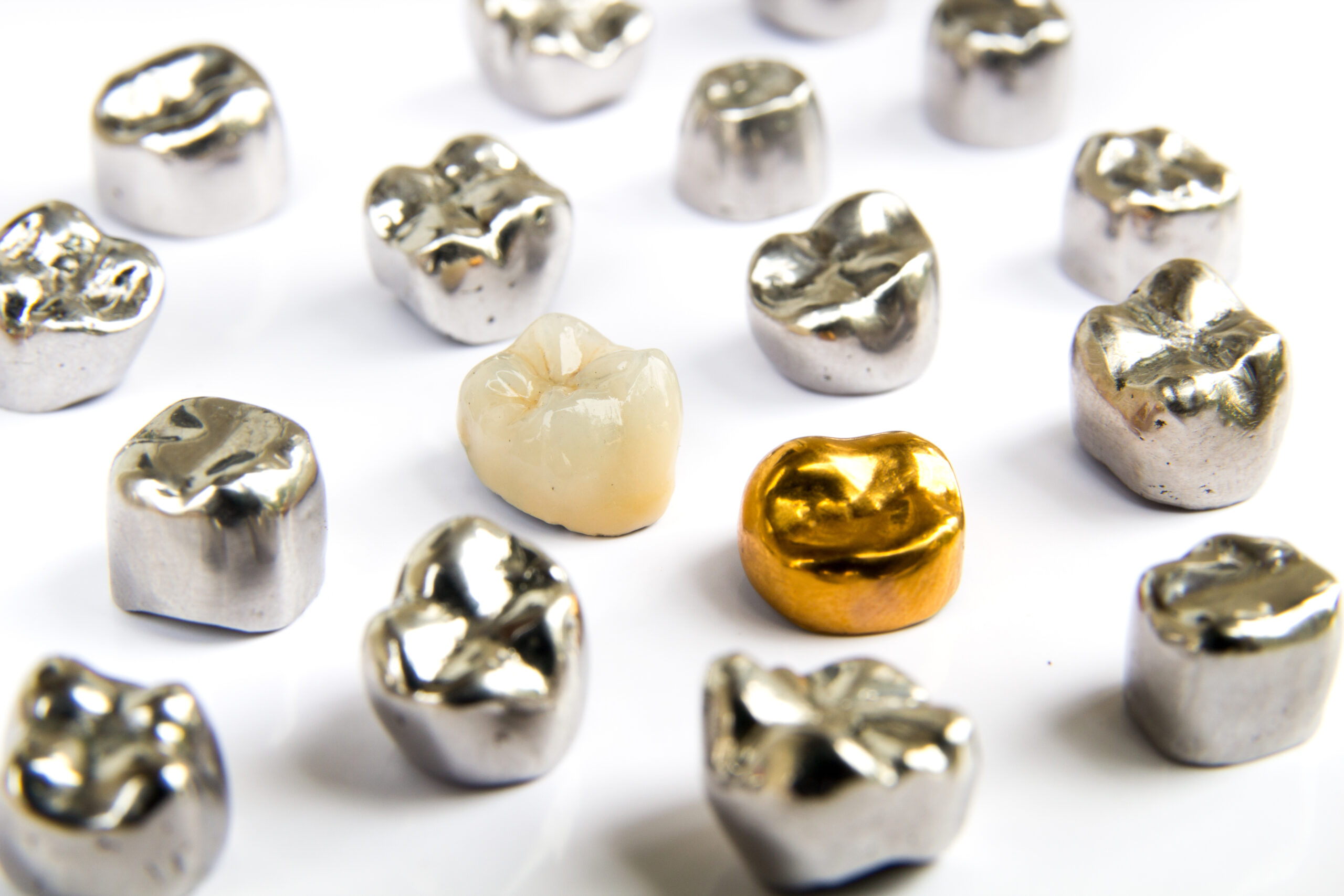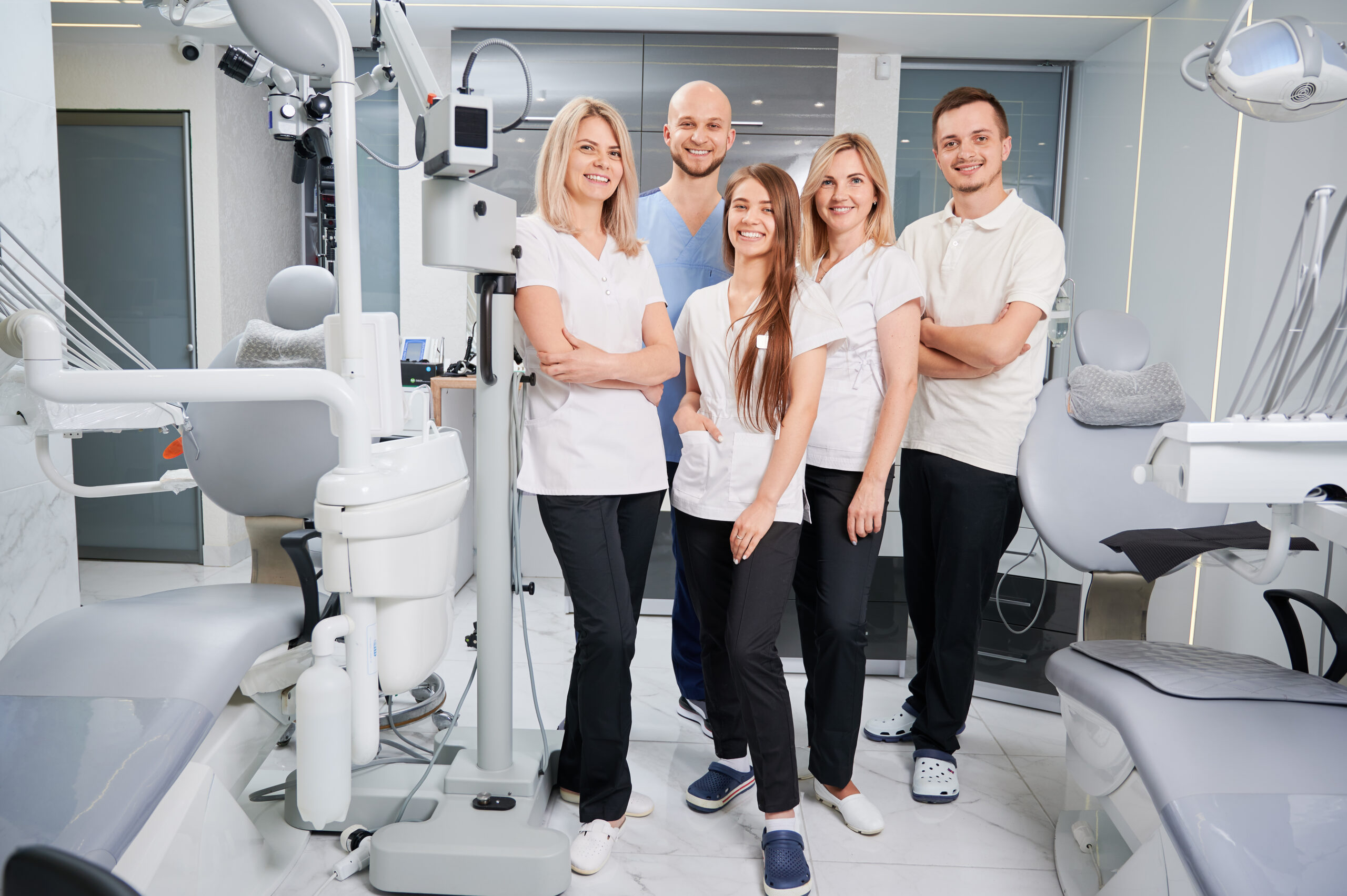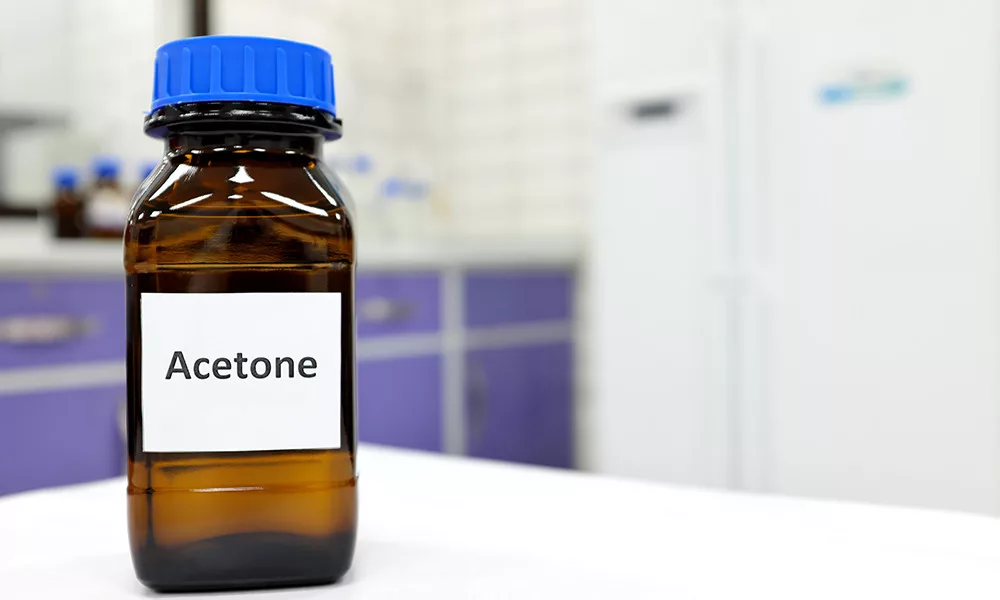Removing Resin from Inside a Crown
By Lee Ann Brady, DMD
When a crown comes off and we are going to put it back in the mouth, we need to remove the old resin cement that is inside the crown. What is the best way to go about this?
First, we need to know if the crown is made of zirconia or lithium disilicate. If you have a radiograph of that restoration, you can tell immediately which one of those two things it is. If you don’t, you can always attempt to X-ray it. (That’s what I do.) Alternatively, you can assume the crown is made of lithium disilicate, which is the more technique-sensitive material when it comes to removing cement.
For crowns confirmed to be zirconia, employing 30-micron aluminum oxide air abrasion effectively clears out the old resin cement. Subsequently, re-etching the inside of the zirconia prepares it for reseating. For crowns presumed to be lithium disilicate, this approach should be avoided to prevent crack propagation.
In the case of lithium disilicate crowns, two alternative methods can be employed:
- The crown can be placed in a porcelain oven to liquefy and evaporate the old resin. However, caution must be exercised to avoid rapid heating of the hydrated ceramic that has been in the oral environment. Rapid dehydration will introduce cracks and lead to crown fracturing.
- An alternative method involves using a brown silicone point in a high-speed handpiece, adjusted to lowest speed. A brown silicone point at slow speed effectively removes resin without damaging ceramic.
How will you know when all the resin has been removed? When etching lithium disilicate, whether using red 5% hydrofluoric acid or Monobond Etch & Prime from Ivoclar Vivadent, any remaining resin will be evident because the dye sticks to it after the etching solution is rinsed off.
Related Course
Mastering Dental Photography: From Start to Finish
DATE: October 29 2026 @ 8:00 am - October 31 2026 @ 12:00 pmLocation: The Pankey Institute
CE HOURS: 19
Regular Tuition: $ 2995
Single Occupancy with Ensuite Private Bath (per night): $ 355
Dental photography is an indispensable tool for a high level practice. We will review camera set-up and what settings to use for each photo. All photos from diagnostic series, portraits,…
Learn More>









